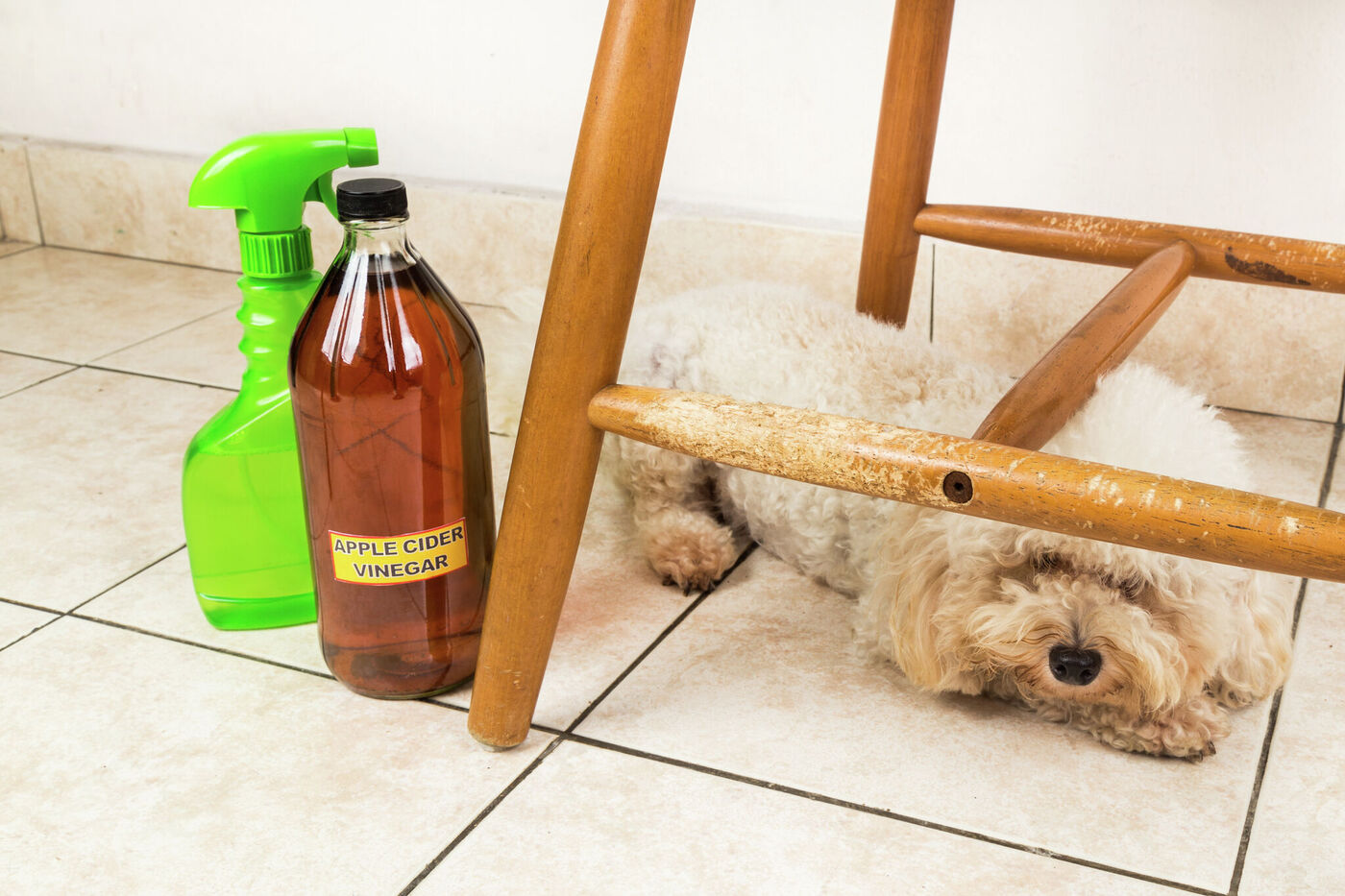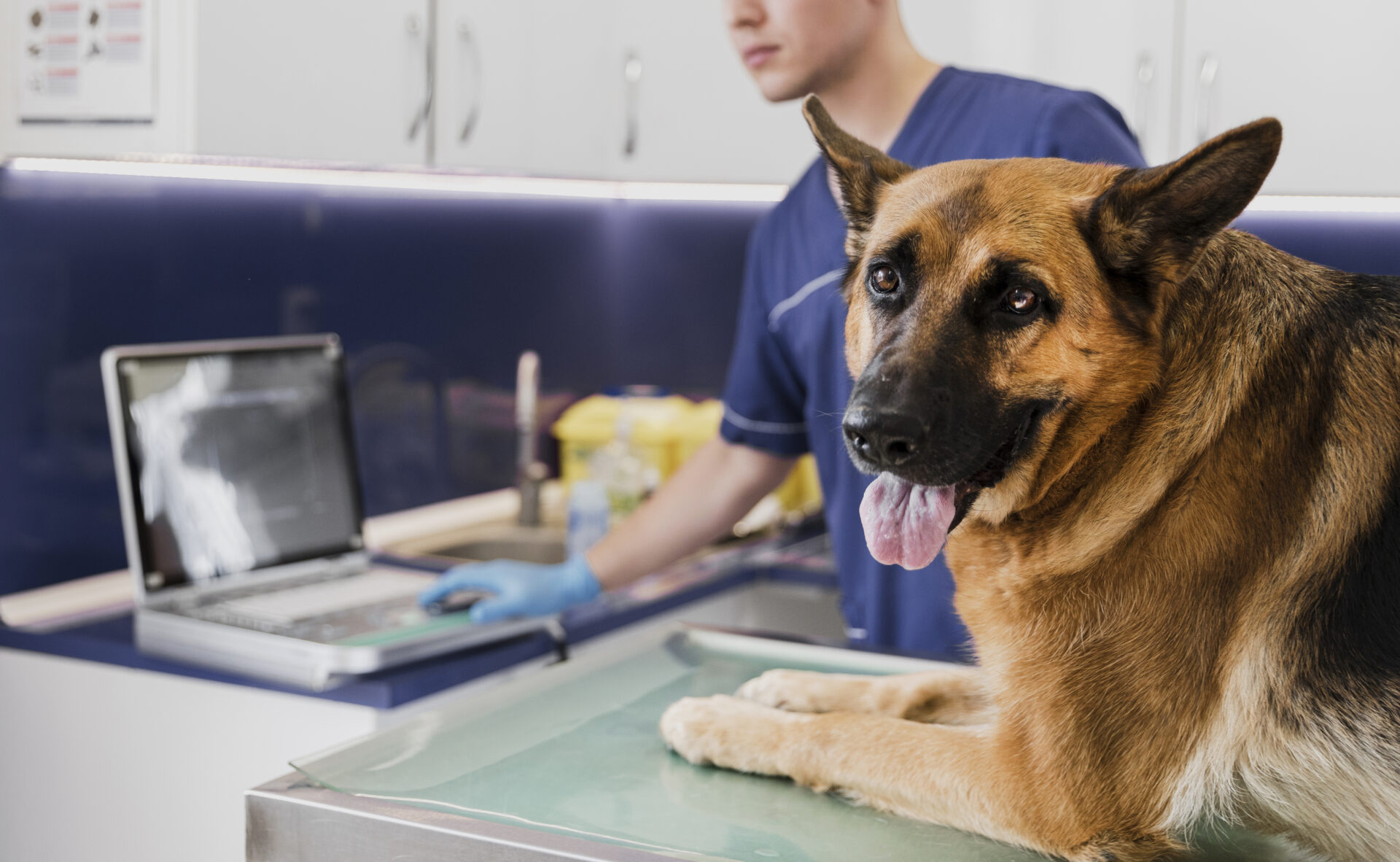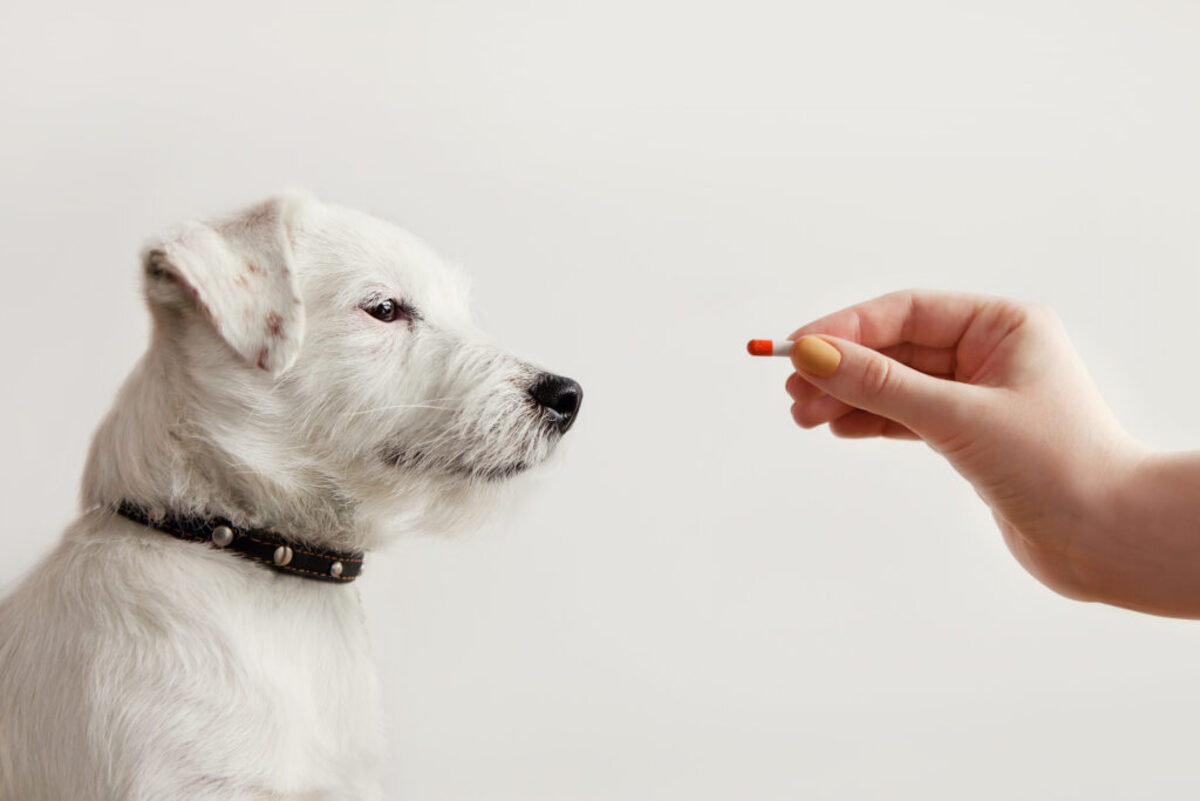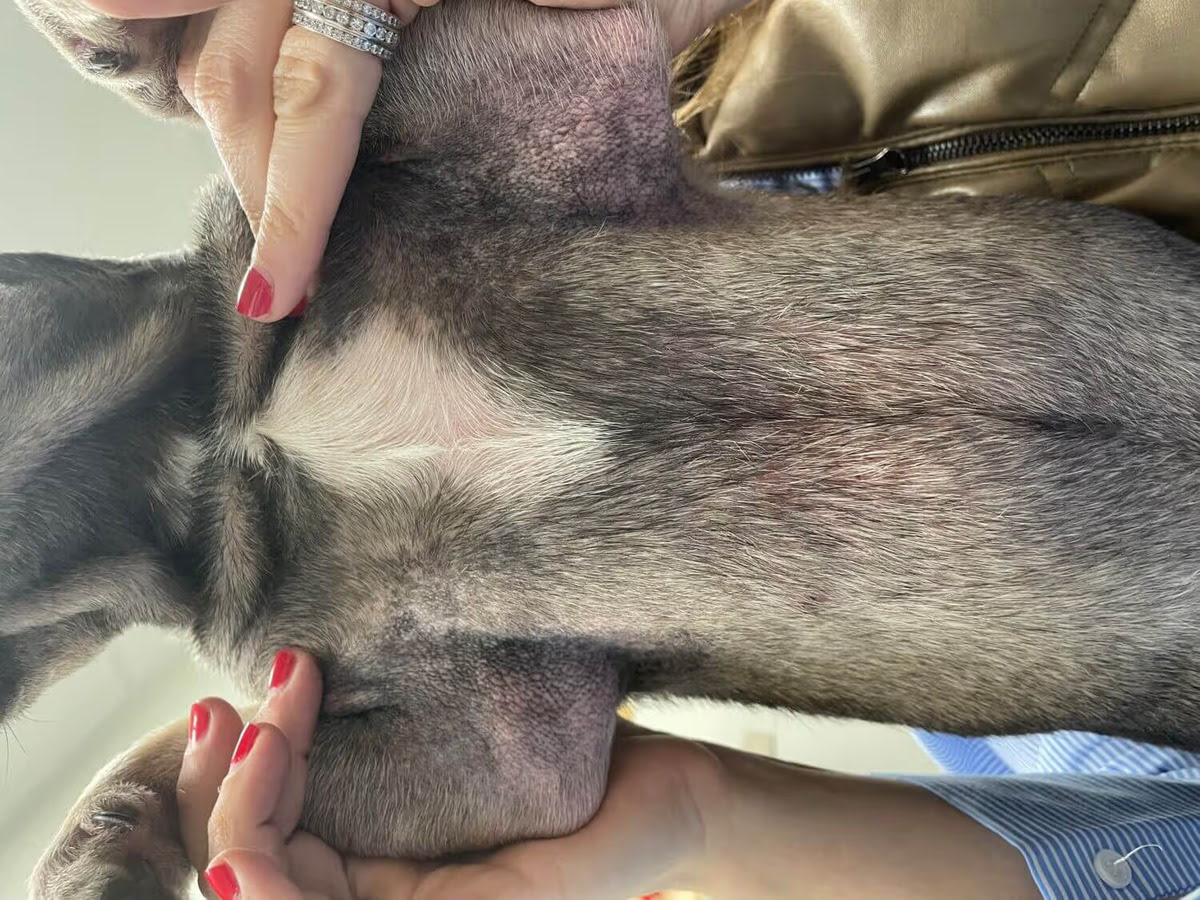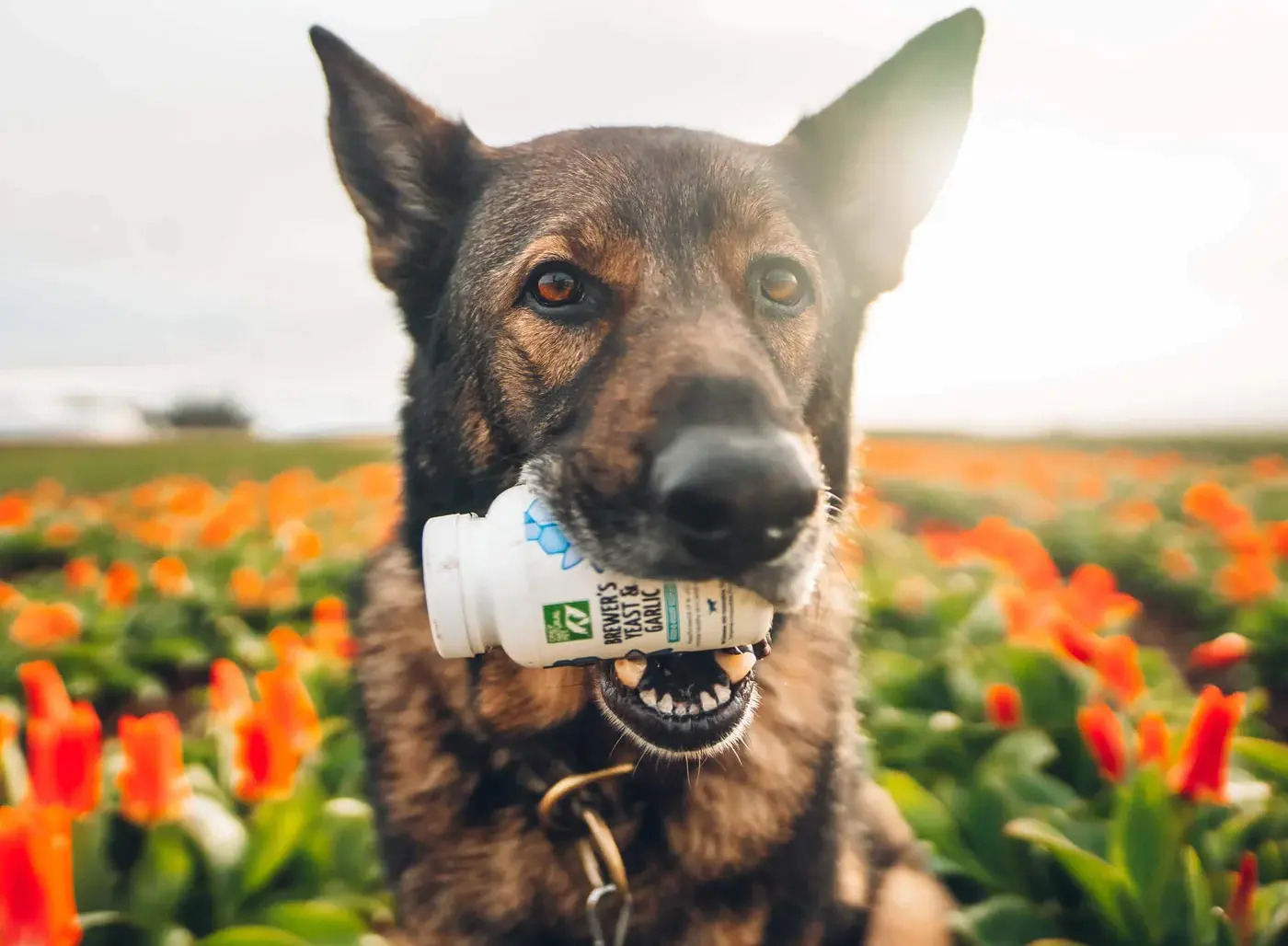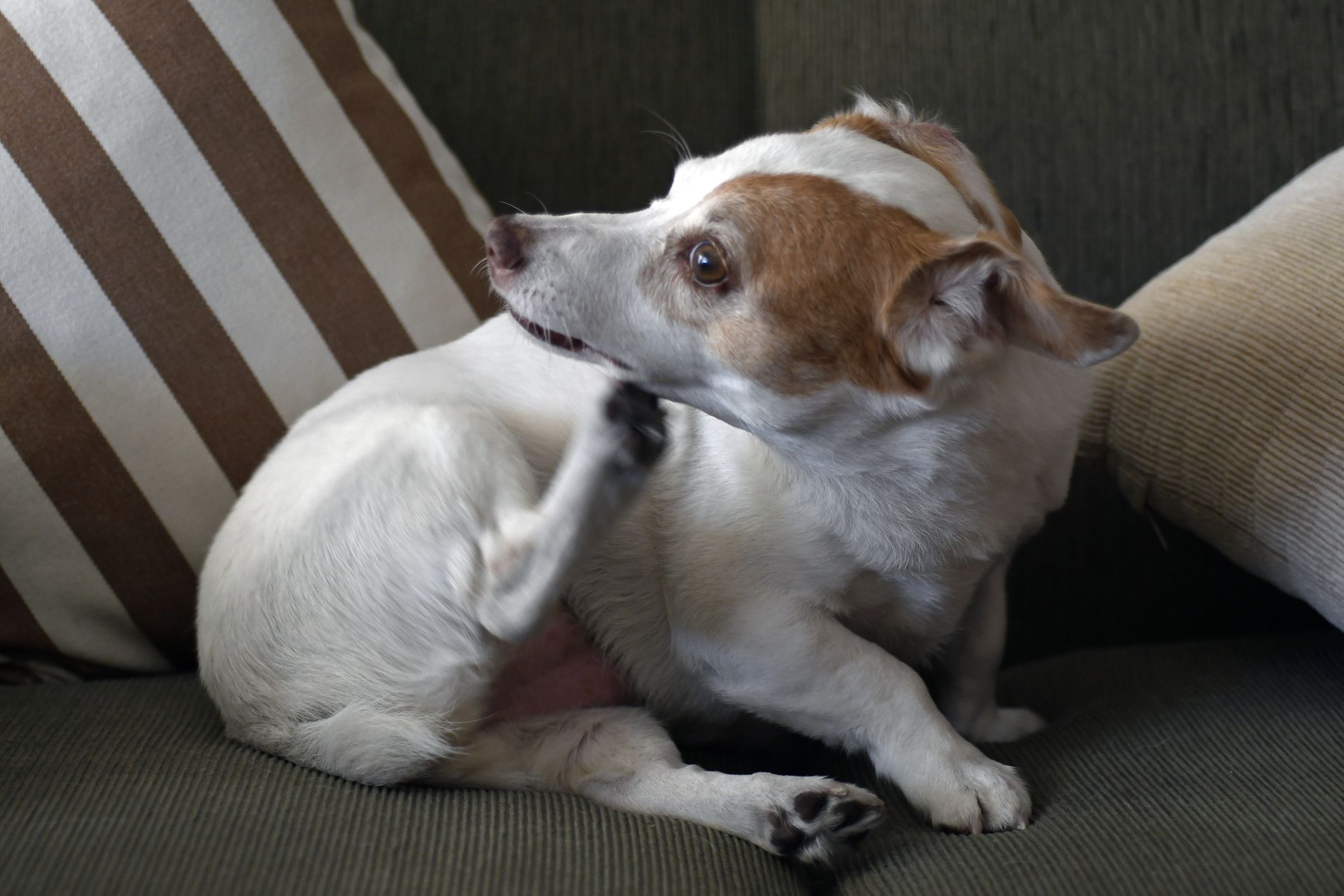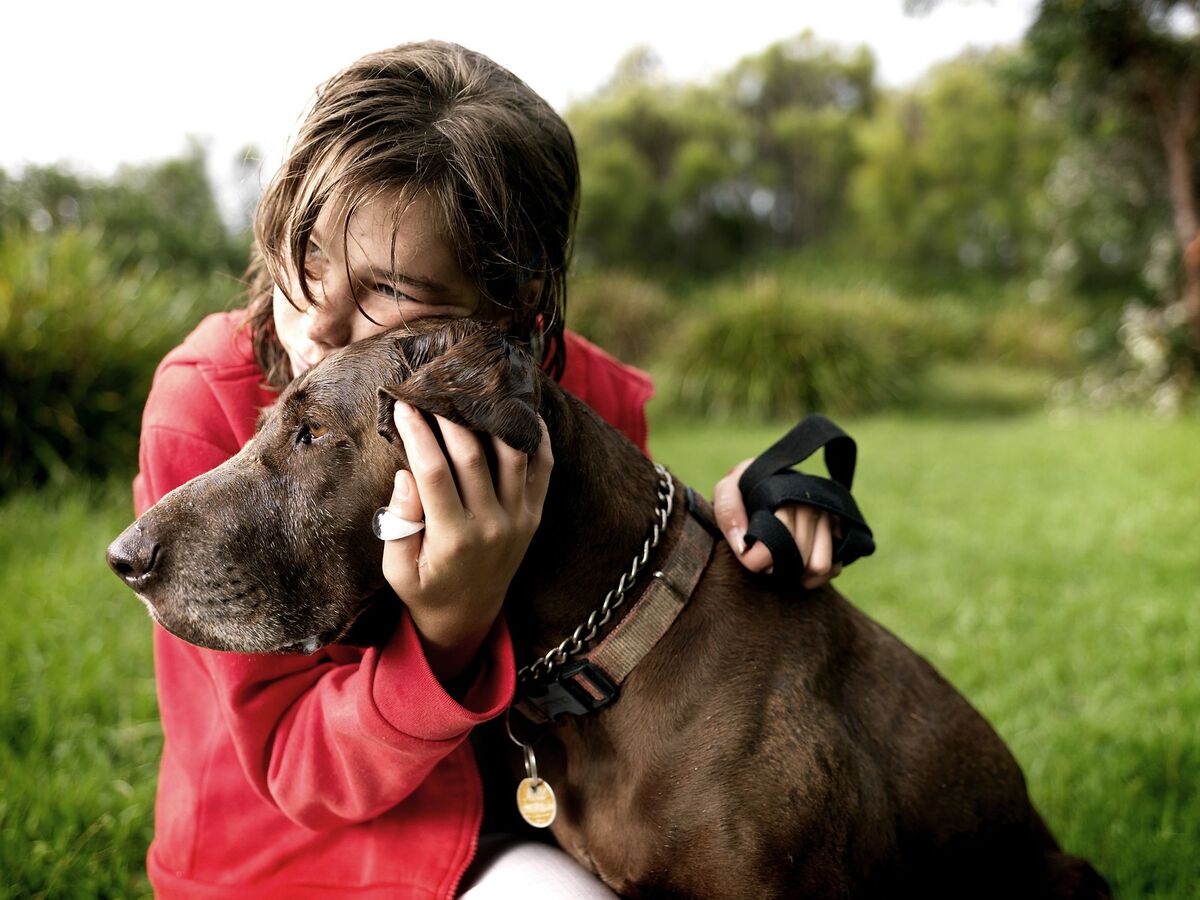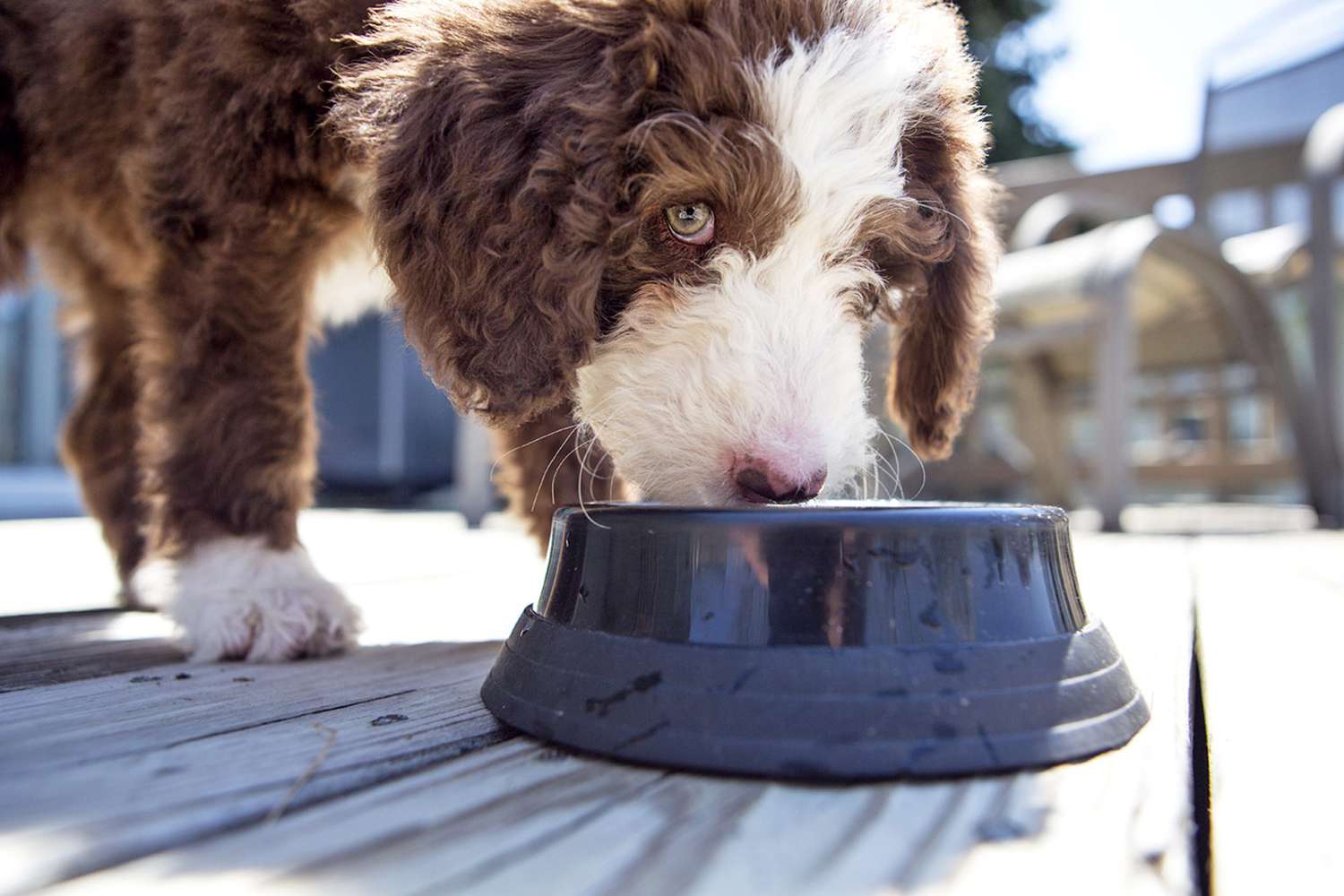Home>Health & Wellness>Common Health Issues>Should I Shave My Dog Who Has Fleas?
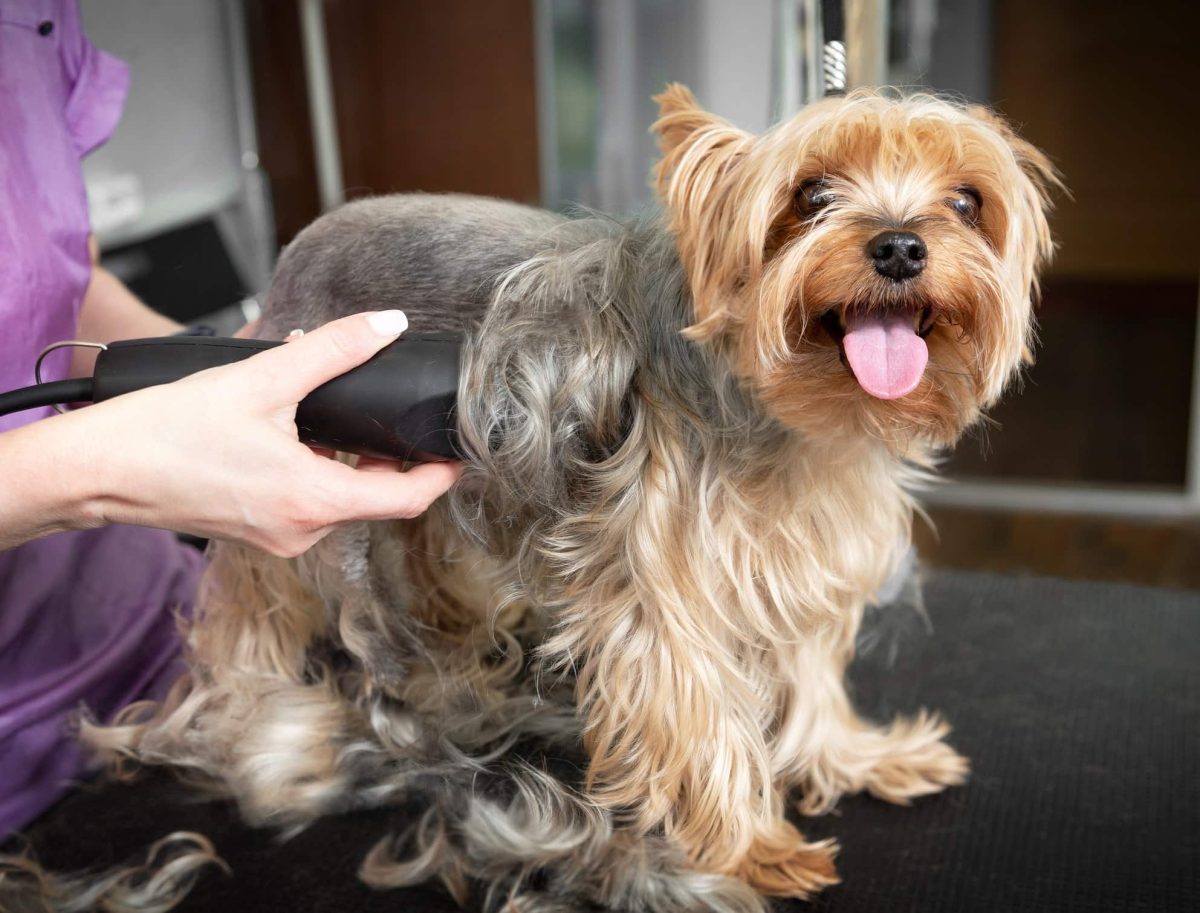

Common Health Issues
Should I Shave My Dog Who Has Fleas?
Published: February 15, 2024
Learn about common health issues in dogs, including whether you should shave your dog with fleas. Get expert advice on grooming and flea control.
(Many of the links in this article redirect to a specific reviewed product. Your purchase of these products through affiliate links helps to generate commission for Pawsomeoldies.com, at no extra cost. Learn more)
Table of Contents
Introduction
When a beloved furry friend is plagued by fleas, it's natural for pet owners to seek effective solutions to alleviate their pet's discomfort. One common question that arises in this scenario is whether shaving the dog is a viable option. The prospect of shaving a dog with fleas may seem like a straightforward solution, but it's essential to delve deeper into the potential implications before taking such a step.
Fleas are a persistent nuisance for dogs, causing incessant itching, skin irritation, and in some cases, allergic reactions. As a concerned pet owner, it's crucial to weigh the benefits and risks associated with shaving a dog with fleas. While the idea of removing the fleas along with the dog's fur may appear to be a quick fix, it's important to consider the potential drawbacks and explore alternative methods for managing fleas effectively.
In this article, we will delve into the risks of shaving a dog with fleas, explore alternative approaches to address flea infestations, and provide valuable tips for managing fleas on a dog without resorting to shaving. By gaining a comprehensive understanding of these aspects, pet owners can make informed decisions to ensure the well-being of their canine companions while effectively combating flea infestations.
Understanding the risks of shaving a dog with fleas
Shaving a dog with fleas may seem like a logical solution to rid the pet of these pesky parasites. However, it's essential to recognize the potential risks associated with this approach. While the intention behind shaving is to eliminate the fleas and provide relief to the dog, several factors need to be considered before taking this step.
-
Skin Irritation and Sensitivity: Dogs' skin is sensitive, and shaving can lead to various skin issues. Removing the protective layer of fur can expose the skin to potential irritants, leading to redness, itching, and discomfort. Additionally, the act of shaving itself can cause skin abrasions or nicks, further exacerbating the dog's skin problems.
-
Sunburn and Heat Regulation: A dog's coat serves as a natural barrier against the sun's harmful rays and helps regulate body temperature. Shaving can make the dog more susceptible to sunburn, especially if the pet spends time outdoors. Furthermore, the absence of fur can disrupt the dog's natural thermoregulation, potentially leading to overheating, especially in warmer climates.
-
Increased Vulnerability to Fleas: Contrary to the intended outcome, shaving a dog with fleas can make the pet more susceptible to infestations. Without the protective barrier of fur, the dog becomes an easier target for fleas, as they can directly access the skin. This heightened vulnerability may exacerbate the flea problem rather than resolving it.
-
Disruption of the Coat's Natural Cycle: Dogs' fur undergoes natural shedding and regrowth cycles, which play a crucial role in maintaining the health and insulation of the coat. Shaving disrupts this natural process, potentially leading to irregular regrowth and compromised coat quality.
-
Psychological Impact on the Dog: Dogs are creatures of habit and derive comfort from familiar routines and environments. Shaving can be a distressing experience for the dog, causing anxiety and unease. This psychological impact can manifest in behavioral changes, affecting the dog's overall well-being.
Considering these risks, it's evident that shaving a dog with fleas may not be the most effective or compassionate approach to addressing flea infestations. Fortunately, there are alternative methods and preventive measures that can help manage fleas without resorting to shaving, ensuring the dog's comfort and well-being while effectively combating these persistent parasites.
Alternatives to shaving a dog with fleas
When faced with a flea infestation on a dog, exploring alternatives to shaving becomes imperative to ensure the pet's well-being and effectively address the problem. Fortunately, there are several alternative methods and preventive measures that can help manage fleas without resorting to shaving, providing relief to the dog while mitigating the risks associated with this approach.
Regular Grooming and Bathing
Regular grooming and bathing are essential components of flea management. Brushing the dog's coat with a fine-toothed comb can help remove adult fleas and their eggs, reducing the population on the pet. Additionally, bathing the dog with a gentle, flea-specific shampoo can effectively eliminate fleas and soothe the pet's irritated skin. It's important to follow the bathing and grooming regimen recommended by a veterinarian to ensure optimal results without causing further discomfort to the dog.
Flea Control Products
Utilizing flea control products such as spot-on treatments, oral medications, flea collars, and sprays can significantly aid in managing flea infestations. These products are designed to target fleas at various stages of their life cycle, effectively disrupting their reproduction and survival. However, it's crucial to consult a veterinarian before using any flea control products to determine the most suitable and safe options for the dog based on its health status and specific needs.
Environmental Management
Fleas not only infest the dog but also lurk in the surrounding environment, including carpets, bedding, and outdoor areas frequented by the pet. Implementing thorough environmental management measures, such as regular vacuuming, washing the dog's bedding, and treating outdoor spaces with pet-safe flea control products, is essential to prevent reinfestation and effectively combat fleas at their source.
Natural Remedies
For pet owners seeking natural alternatives, various home remedies and natural flea control products can offer relief to the dog without resorting to shaving. Ingredients such as apple cider vinegar, essential oils, and herbal flea collars can act as natural deterrents against fleas. However, it's crucial to exercise caution and consult a veterinarian before using natural remedies to ensure their safety and efficacy for the dog.
Professional Veterinary Care
In cases of severe flea infestations or if the dog experiences adverse reactions to fleas, seeking professional veterinary care is paramount. Veterinarians can provide tailored treatment plans, prescribe appropriate medications, and offer guidance on managing fleas effectively while prioritizing the pet's health and well-being.
By exploring these alternatives to shaving a dog with fleas, pet owners can adopt a comprehensive approach to flea management, ensuring the dog's comfort and health while effectively addressing the infestation. These alternatives not only mitigate the risks associated with shaving but also contribute to a holistic and compassionate approach to caring for the pet amidst flea-related challenges.
Tips for managing fleas on a dog without shaving
Managing fleas on a dog without resorting to shaving involves a multifaceted approach that prioritizes the pet's well-being while effectively combating flea infestations. By implementing the following tips, pet owners can navigate the challenges posed by fleas and provide relief to their canine companions without the need for shaving.
-
Regular Inspection and Grooming: Conducting regular inspections of the dog's coat and skin is crucial for early detection of fleas. By parting the fur and examining the skin closely, pet owners can identify signs of flea infestation, such as flea dirt (black specks resembling pepper) and excessive scratching. Additionally, consistent grooming, including brushing and combing, can help remove adult fleas and their eggs, reducing the flea population on the dog.
-
Use of Flea Combs: Flea combs with fine, closely spaced teeth are effective tools for physically removing fleas from the dog's coat. Regularly combing the pet with a flea comb can help capture adult fleas, larvae, and eggs, providing immediate relief to the dog and reducing the likelihood of reinfestation.
-
Application of Flea Control Products: Utilizing vet-recommended flea control products, such as spot-on treatments, oral medications, or flea collars, can aid in managing fleas without the need for shaving. These products are designed to target fleas at various stages of their life cycle, effectively disrupting their reproduction and survival. It's essential to follow the application instructions provided by the veterinarian to ensure the safe and effective use of these products.
-
Environmental Cleaning and Treatment: Fleas not only infest the dog but also lurk in the surrounding environment. Implementing thorough environmental cleaning and treatment measures is essential to prevent reinfestation. Regular vacuuming, washing the dog's bedding, and treating indoor and outdoor spaces with pet-safe flea control products can significantly contribute to managing fleas without shaving the dog.
-
Maintain a Regular Bathing Schedule: Bathing the dog with a gentle, flea-specific shampoo can help eliminate fleas and soothe the pet's irritated skin. It's important to adhere to a bathing schedule recommended by the veterinarian, ensuring that the dog receives the necessary relief from fleas without compromising its skin health.
-
Consultation with a Veterinarian: Seeking guidance from a veterinarian is paramount in managing fleas on a dog without shaving. Veterinarians can provide tailored advice, recommend suitable flea control products, and offer insights into effective flea management strategies based on the dog's specific needs and health status.
By incorporating these tips into their flea management regimen, pet owners can effectively address flea infestations on their dogs without resorting to shaving. This comprehensive approach prioritizes the dog's well-being and comfort while mitigating the challenges posed by fleas, ultimately fostering a healthier and happier environment for both the pet and its owner.
Conclusion
In conclusion, the decision to shave a dog with fleas warrants careful consideration, taking into account the potential risks and implications associated with this approach. While the idea of removing the dog's fur to eliminate fleas may seem like a quick fix, the risks of skin irritation, sunburn, increased vulnerability to fleas, disruption of the coat's natural cycle, and psychological impact on the dog highlight the complexities and potential drawbacks of shaving.
Exploring alternatives to shaving a dog with fleas presents a more holistic and compassionate approach to managing flea infestations. Regular grooming and bathing, utilization of flea control products, environmental management, natural remedies, and seeking professional veterinary care offer effective avenues for addressing fleas without subjecting the dog to the potential risks and discomfort associated with shaving.
By prioritizing the dog's well-being and comfort, pet owners can navigate the challenges posed by fleas while fostering a healthier and happier environment for their beloved canine companions. The multifaceted approach to managing fleas without shaving encompasses regular inspection and grooming, use of flea combs, application of flea control products, environmental cleaning and treatment, maintenance of a regular bathing schedule, and consultation with a veterinarian. These strategies not only mitigate the risks associated with shaving but also contribute to a comprehensive and compassionate approach to caring for dogs amidst flea-related challenges.
Ultimately, the well-being of the dog should remain at the forefront of flea management efforts. By gaining a comprehensive understanding of the risks associated with shaving, exploring alternative methods, and implementing effective flea management strategies, pet owners can ensure the comfort and health of their dogs while effectively combating flea infestations. This approach aligns with the commitment to providing optimal care for canine companions, fostering a harmonious and fulfilling bond between pets and their owners.

